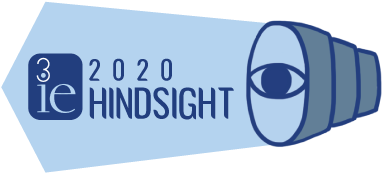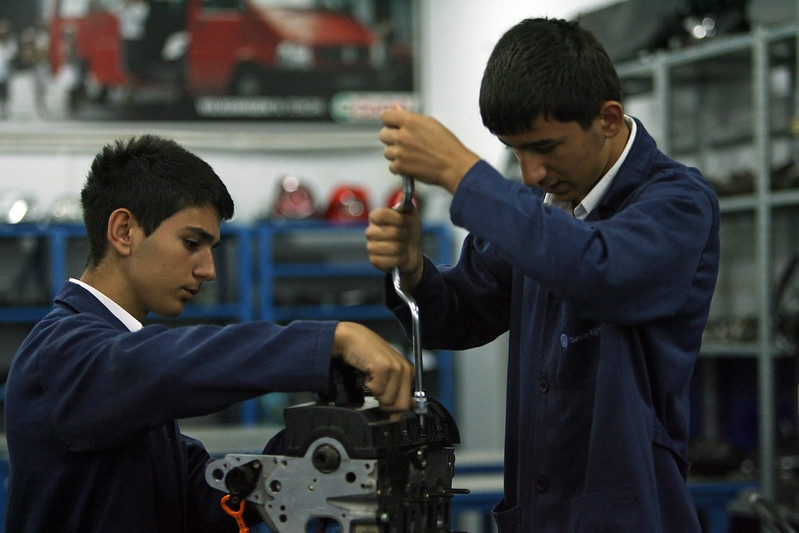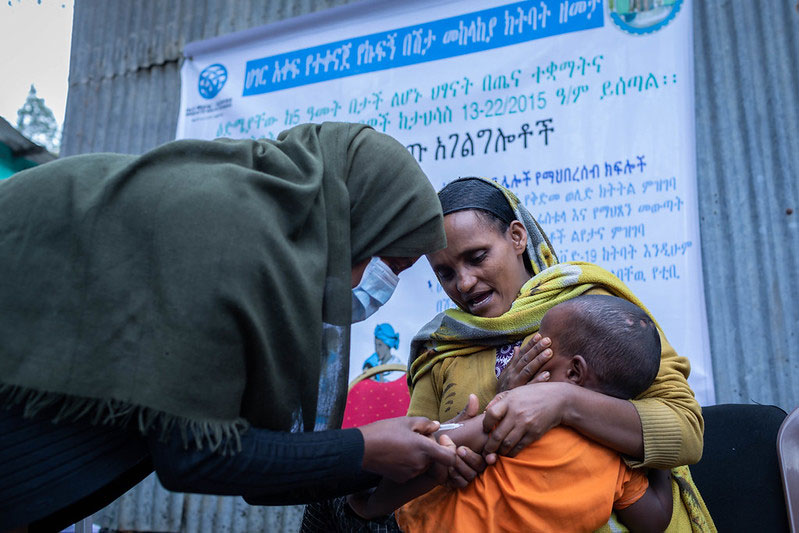At 3ie, we advocate for the use of the most rigorous evidence possible – but when circumstances are unprecedented, such evidence can be hard to find. In recent blog posts, we've looked at high-quality research on issues that are on many minds now relating to hand washing and vaccination campaigns. In both cases, some interventions that have been shown to be effective depend on community-based health approaches. While some such work might still be possible in person (for example, some community health work continued during the Ebola outbreak, many approaches will need to be modified to work in the socially-distanced COVID era. So, what community-based health strategies might be possible without in-person contact?
Two sets of relevant research can help. The first is on public health information campaigns during health crises, and the second is on the use of social media platforms to deliver health messages. Both those methods could serve as substitutes for face-to-face interactions in community-based public health efforts.
Only a little bit of the evidence discussed in this post comes from the type of systematic review which we prefer to use whenever possible. As such, most of the studies here give us snapshots of the wide range of ways in which governments and other institutions are already sending health care messages, but do not present the complete picture. With those caveats in mind, what can the available evidence we have tell us?
Public health information campaigns during public health crises
A great deal has been written on public health communication during crises. A systematic review from 2014, largely based on research from the H1N1 epidemic, gives the basic lay of the land. Public health information campaigns increased knowledge and worries about the virus, as did higher volumes of media reporting on the epidemic. Higher levels of knowledge and worry about the virus, in turn, led to greater compliance with preventative measures. Increased compliance with non-pharmaceutical preventative measures, however, depended on whether people trusted the source recommending the measures. People generally perceived their social networks and health agencies as trustworthy sources of information. Traditional mass media and individual social works remained the primary sources of information – at least at that time (2009-2010).
In terms of how health officials should communicate during a crisis, the US Centers for Disease Control and Prevention has a manual on the topic which runs hundreds of pages. It emphasizes six principles of effective emergency and risk communications: be first, be right, be credible, express empathy, promote action, and show respect.
Sticking to all six of those principles can be difficult, however, since one can conflict with another. In a case study of the CDC's response to the Ebola crisis, researchers investigated statements the CDC made on Twitter. They identified statements that are true in isolation, but appear contradictory when compared. For example, in less than a week, the CDC tweeted (drawn from Dalrymple et al 2016) the following answers to questions about the virus:
- #Ebola can live on surfaces for several hours. See [link] for more information. #CDCchat
- #Ebola on dry surfaces can survive for several hrs. Virus in body fluids can survive up to several days at room temp. #CDCchat
- Fluids of a dead person are extremely contagious & Ebola lives in bodily fluids on surfaces for a very long time. #CDCchat
- #Ebola is a wimpy virus that does not survive in the environment for an extended period of time. #CDCchat
These inconsistent-appearing responses undermined the CDC's credibility, even though each answer was technically correct in isolation, the authors argue, citing tweets from other people calling out the CDC's inconsistencies.
In some contexts, people may already be primed to be skeptical about advice coming from government officials. For example, marginalized groups can perceive health messages from authorities differently that the broader population does. A study conducted in Guinea in the wake of the Ebola crisis shows that members of a politically-marginalized ethnic group were less trusting of health messages from both government sources and international organizations. More on this below.
Use of social media to deliver health messages
Research on using social media to connect community health workers and vulnerable populations has not generally come from crisis contexts. One exception is this article, which briefly discusses mobile health outreach strategies in Nigeria during the Ebola outbreak of 2014, alongside several other case studies. But that article offers no measurement of the effects of those mobile health efforts.
However, there are several studies about community health outreach via social media for men who have sex with men. The most methodologically rigorous study, a randomized control trial in Peru, found that personalized online outreach in private Facebook groups could encourage more men to get free HIV tests. The outreach was conducted by peer facilitators, who were paid a small amount for their participation, with participants who were recruited via online advertising on websites for the Peruvian gay community. In the control group, men were still placed in private Facebook groups, but without the peer outreach. In the treatment group, 43 of the 278 men went to get HIV tests, compared with only 16 in the control group of the same size.
This study in Peru shows that online community outreach can have an effect. But several caveats are in order. First, the comparison group got online information without personalized community outreach, not an in-person strategy. So this study tells us nothing about how online community outreach strategies compare to in-person. Second, this is a single study in a single context: Peruvian men who have sex with men and who already used the internet. It is difficult to say what this finding means for other contexts. But it does suggest that personalized community outreach via social media can be more effective than social media approaches without the community component.
Another qualitative study investigates similar types of online community outreach to men who have sex with men in London. It raises the issue that online outreach involves dealing with a new type of gatekeeper: the online platform on which the interactions are hosted. These commercial platforms have their own incentives which may not align with public health messaging – like policies that ban discussions of sensitive topics. There have already been debates about and changes to the ways big social media platforms handle COVID-19 information.
These platform-related issues could also complicate the question of trust from marginalized groups. As noted in the Guinea study, some groups are already disinclined to trust public health messaging. And legitimate concerns exist about misuse of private information, especially in authoritarian contexts, as discussed in our expert panel on evidence in the time of COVID-19.
What other evidence is out there? We're not drawing on any systematic reviews here, so let us know what we've missed in the comments below. And if you want any of these issues or others to be included in 3ie's Evidence Synthesis Response to COVID-19, please let us know in our survey here.
 This blog is part of our campaign 2020 Hindsight: What works in Development. Learn more about the campaign and read past blogs here.
This blog is part of our campaign 2020 Hindsight: What works in Development. Learn more about the campaign and read past blogs here.





Hi, for Water Aid Pakistan, I have recently did a rapid assessment of the hand-washing behavior during Covid-19 time in Pakistan. We fund social media, electronic media mainly TV and individual social network as the top three sources in dissemination of public awareness message in the Covid-19 pandemic in Pakistan. The study was based on mixed method of quantitative and qualitative research. The quantitative data was collected from 601 respondents in all provinces of Pakistan. The participant found social media is the key medium of dissemination public awareness messages related to Covid-19 and hand-washing. We triangulated the findings with qualitative research.